Tong Yue
Advisor: Lancelot Coar
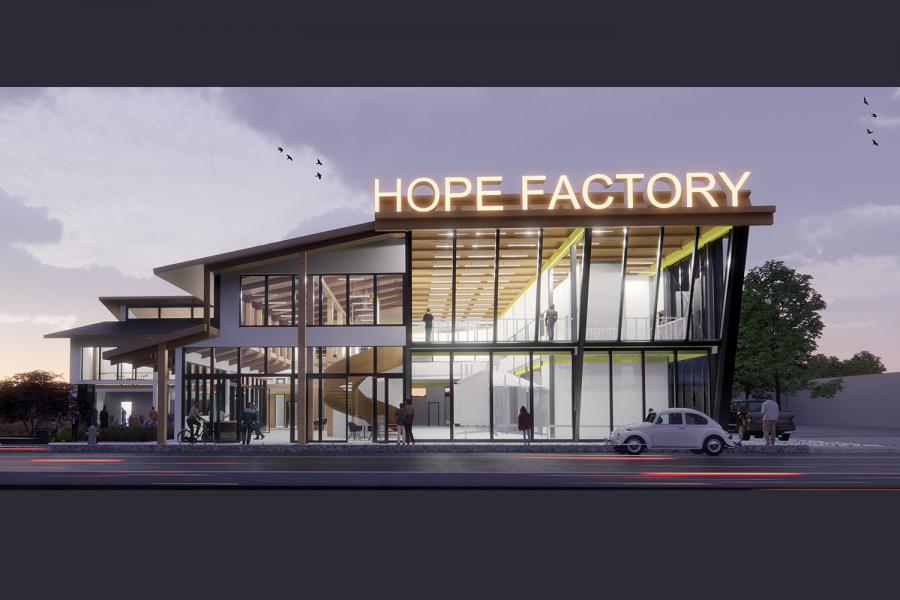
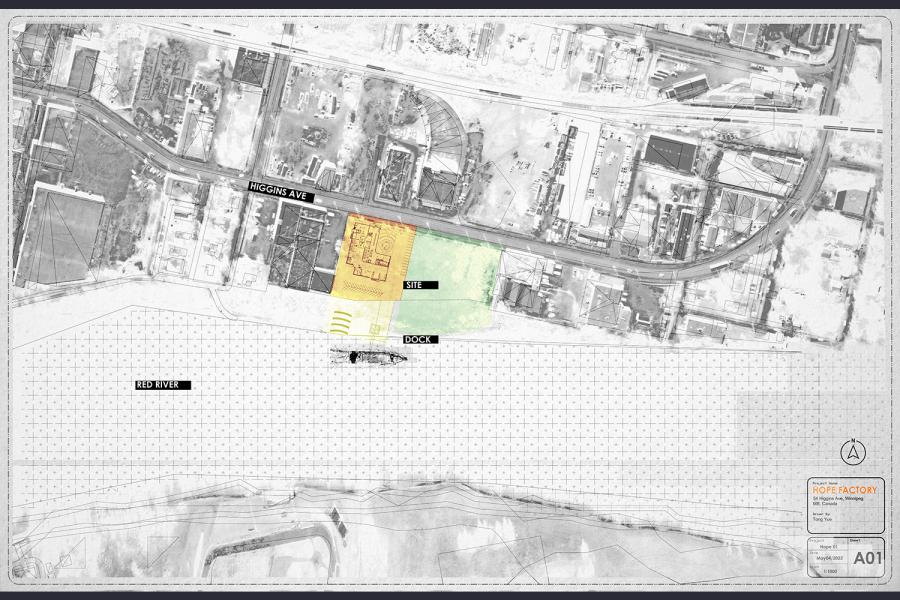
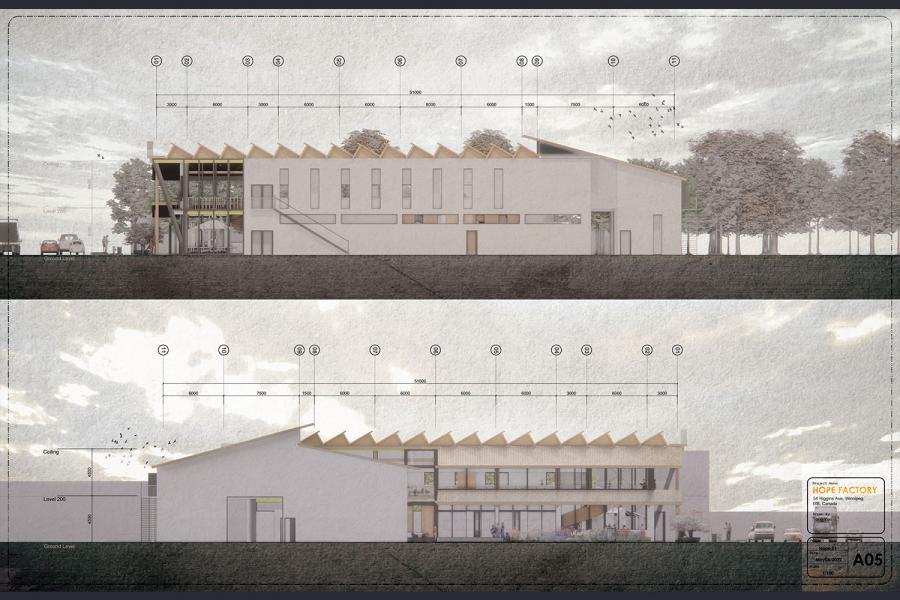
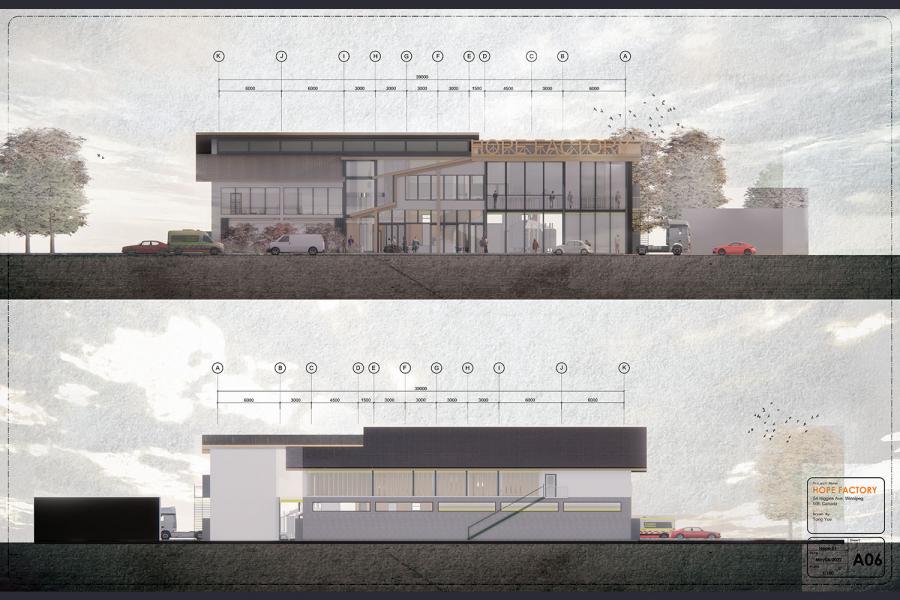
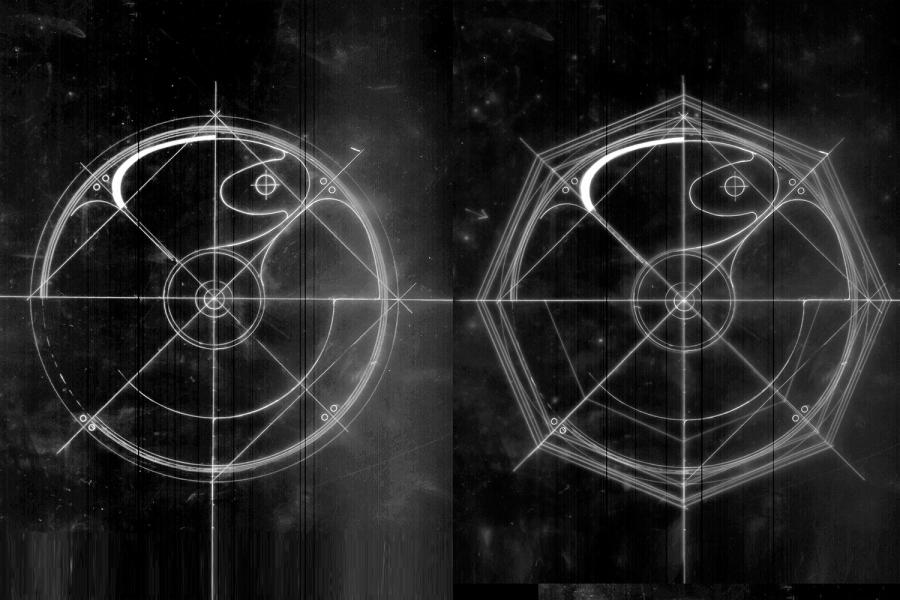
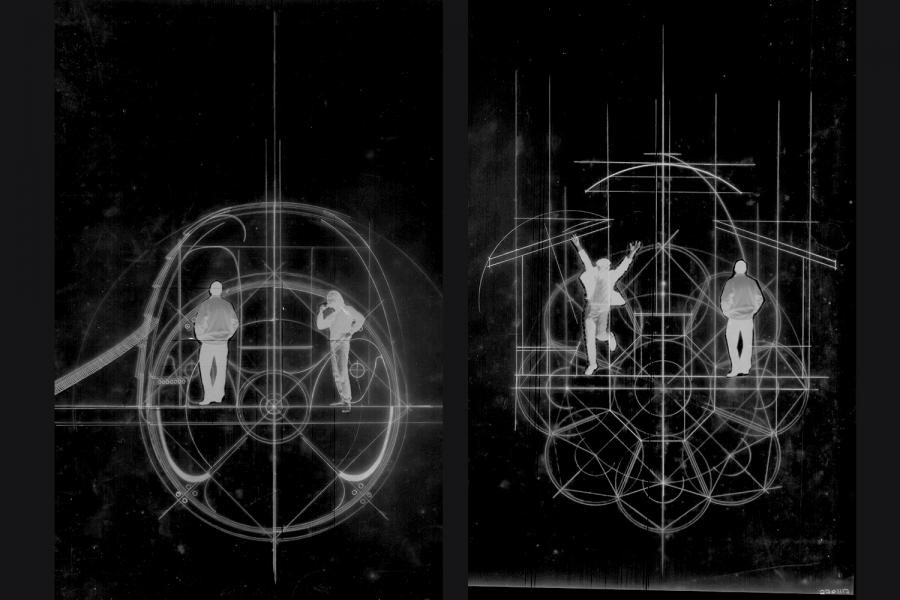
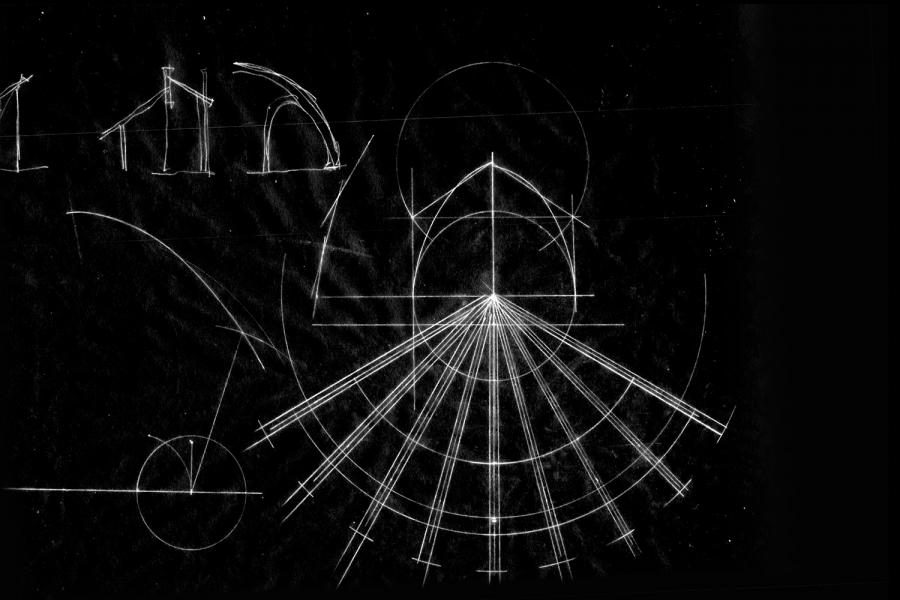

Hope Factory
Across North America, homelessness has been a long-term issue for almost every major city. The term homelessness draws our attention to a complex array of social and economic problems that produce poverty and unstable housing, including an inadequate affordable housing supply, tenant insecurity, inadequate income, individual crises, health problems, mental health challenges, addictions, trauma, veterans issues, child abuse and involvement with the justice system.
Winnipeg is located within Treaty No. 1 Territory, the traditional lands of the Anishinabe (Ojibway), Ininew (Cree), Oji-Cree, Dene, and Dakota, and is the Birthplace of the Métis Nation and the Heart of the Métis Nation Homeland. More than 15% of the total population of Manitoba are Indigenous people, and Winnipeg has always been a hub for Indigenous people. Indigenous people are vastly over-represented among people experiencing homelessness in Winnipeg. Approximately 65.9 percent of people experiencing homelessness are Indigenous.
Hope Factory investigates the homelessness issue through an architectural lens to rethinking social engagement, urban settlement, and social equity. The goal of Hope Factory is to create a complete circle Eco-system to help and integrate homelessness’s live conditions, which meets those who are homeless where they are immediately in the short term. At the same time, a long-term solution is developed in the city. The Hope Factory is a place to produce Utility Core and offer job opportunities to homeless people to help them get back to normal life. The Utility Core is a temporary space for homeless people to stay warm to provide basic washroom access. The goal is to provide urgent help to the homeless community. The Hope Factory is a social hub for homeless people, with the function of gathering, ceremony, and healing.
Hope Factory will be located at the Peninsula Point Douglas. This thesis explores the design of transportable utility cores and thinking through the production process and material as a whole. The factory manufactures utility cores that aim to fill up the gaps between the downtown core and provide urgent shelters while transitional housing and permanent social housing are developing. The red river also provides opportunities for the factory to deliver utility core by ship. During the long-lasting winter, the factory can be delivered by truck with the frozen river surface when the ice is thick enough. The factory will be set up as warming huts along the riverbank to help the homelessness keep warm and off them basic needs.
Hope factory is an Eco-system that gathers people, offers trauma healing, skill training, emergency shelters, job opportunities, and eventually, helps the homeless live independently towards permanent housing.
